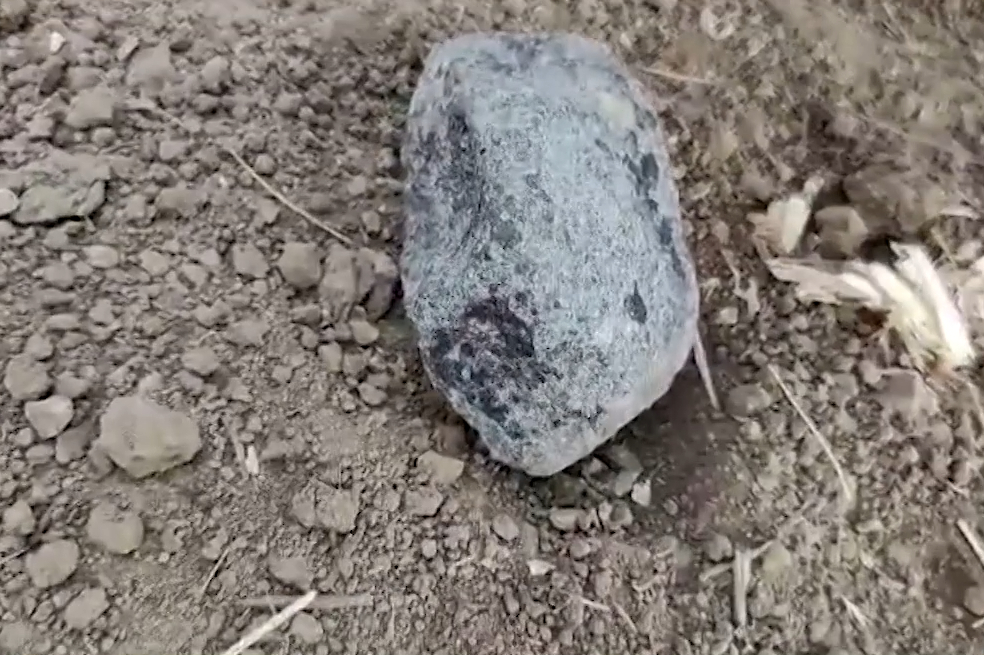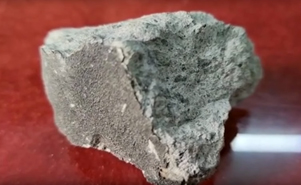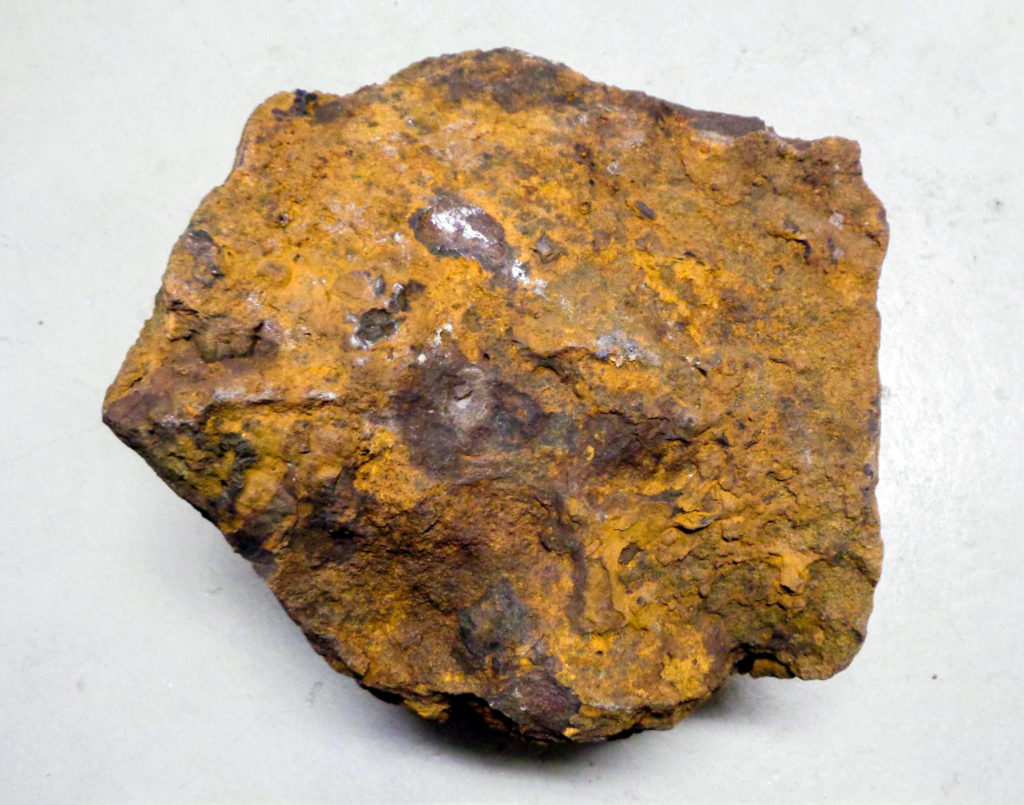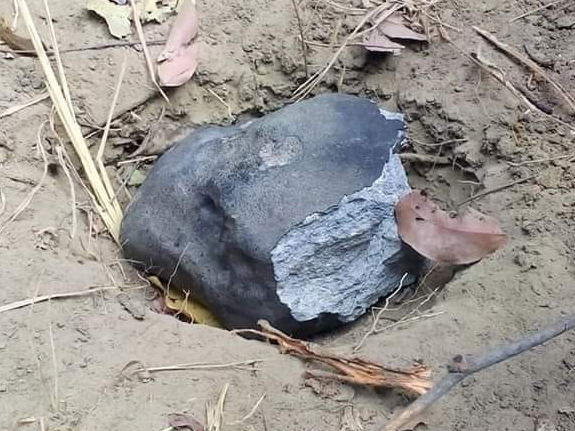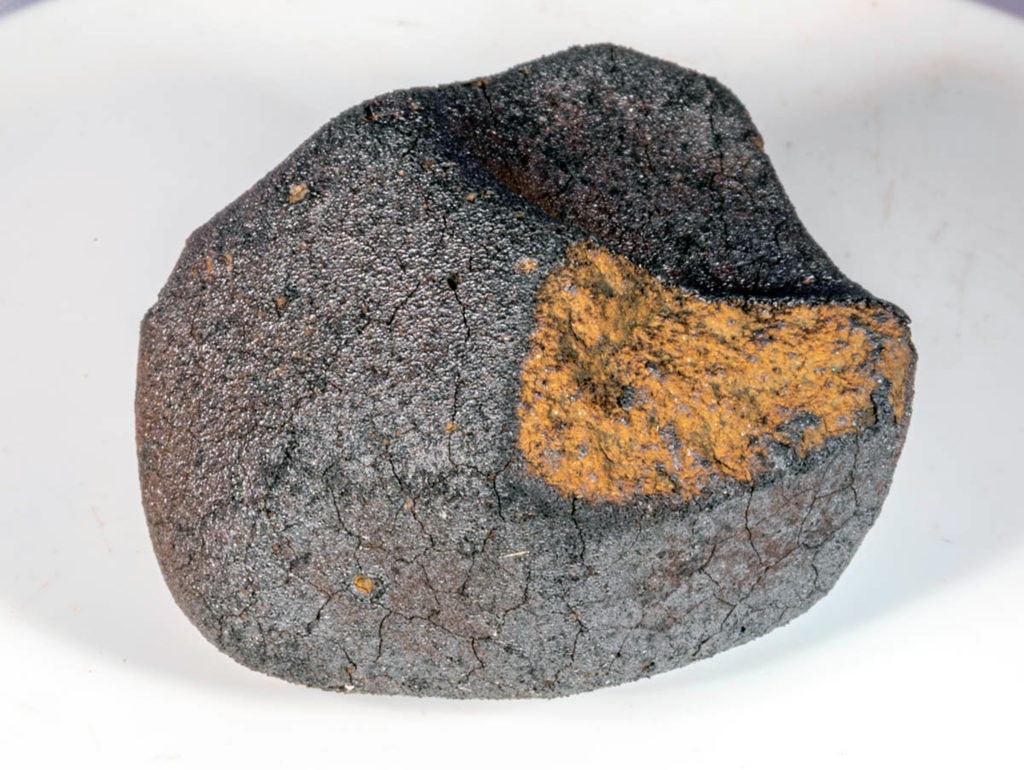Na, Ca carbonates in OSIRIS-REx samples: evidence for low-temperature, Na-bearing Brines on Bennu’s Parent BodyOPEN ACCESS
S.A. Singerling, F.E. Brenker, B. Tkalcec, S.S. Russell, T.J. Zega, T.J. McCoy, H.C. Connolly Jr., D.S. Lauretta
Geochimica et Cosmochimica Acta
In Press, Journal Pre-proof, Available online 27 June 2025
“We describe nanoscale observations obtained via transmission electron microscopy of Na,Ca carbonates in OSIRIS-REx samples of asteroid Bennu. Four Na,Ca carbonate grains were observed (including the one briefly described in McCoy and Russell et al., 2025), ranging in size from 140 nm to 2.36 µm. The stoichiometry of the grains and electron diffraction data best match gaylussite (Na2Ca(CO3)2·5H2O) or pirssonite (Na2Ca(CO3)2·2H2O). The grains rapidly amorphized under the electron beam. We also found that the grains are reactive to the terrestrial atmosphere, with their compositions and textures changing over six months of storage in a standard desiccator. NaCl salts grew on the exteriors of the grains, and the compositions of the carbonates became richer in C, F, Cl, and Ca and poorer in O and Na
Neither gaylussite nor pirssonite have been observed in planetary materials other than samples from Bennu. On Earth, these phases occur in evaporites or shales from alkali lakes and, less commonly, as veins in alkaline igneous rocks. Thermodynamic modeling has shown that both phases require a low-temperature (<55 °C), Na-rich (>140 g/kg Na2CO3) brine, and their presence in the Bennu samples supports a model of salt formation on the parent body during syndepositional back-reaction of a briny fluid (McCoy and Russell et al., 2025). We argue that these minerals have not been previously observed owing either to their rare formation conditions or their susceptibility to degradation from sample preparation and analysis (e.g., electron/ion beam imaging), terrestrial weathering, and/or storage in a terrestrial environment. This study highlights the importance of collecting and carefully preserving pristine samples from planetary bodies.”


